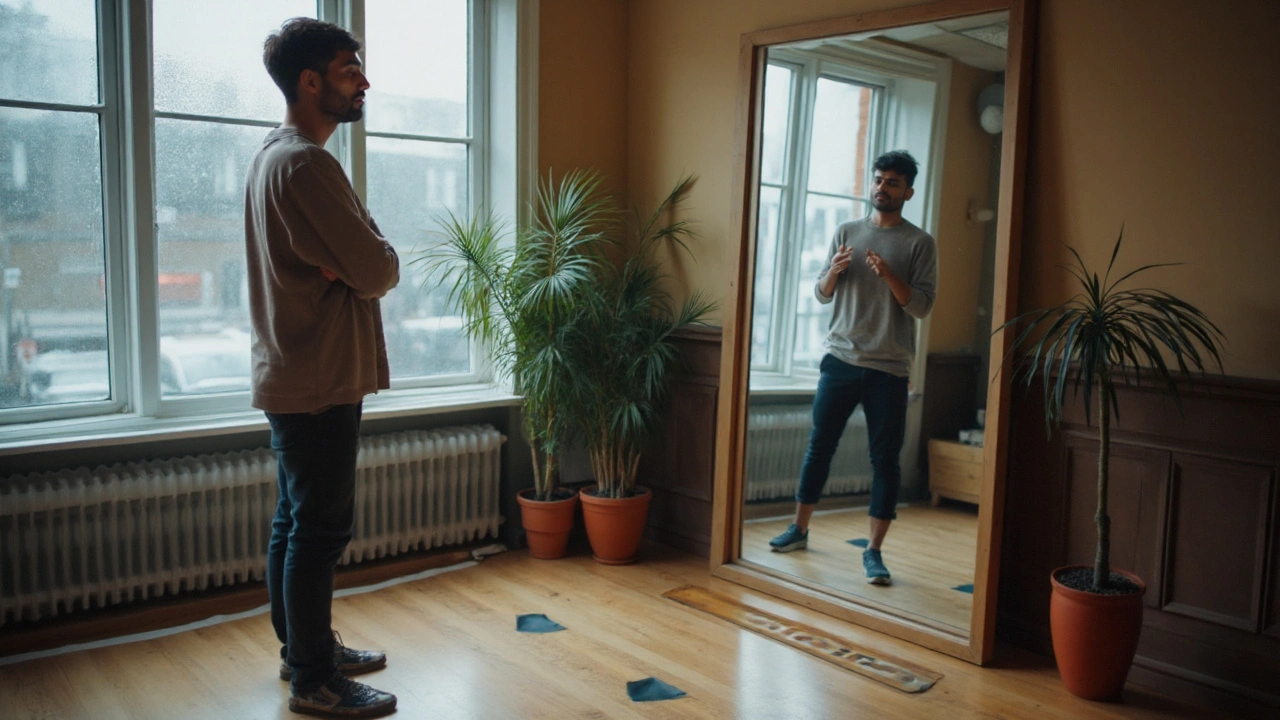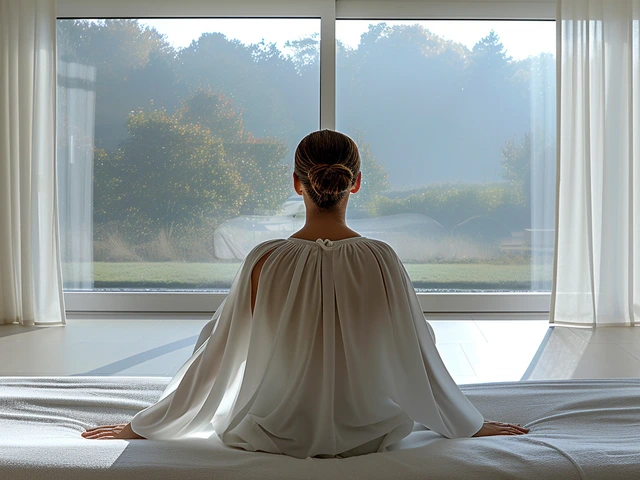Better Breathing: Simple Ways to Improve Your Breath Every Day
If you feel short of breath after climbing stairs or struggle to relax before sleep, you’re not alone. Most people overlook how much daily habits affect the way they breathe. Good breathing isn’t just about lung capacity – it’s about posture, muscle tension, and even the scents around you. Below you’ll find quick, hands‑on tips that you can try right now, plus a look at some therapies that help the breath work better.
Quick Breathing Exercises You Can Do Anywhere
Start with a 4‑7‑8 pattern: inhale through the nose for four seconds, hold for seven, then exhale through the mouth for eight. Do this three times before a stressful meeting or bedtime. The pause lets the diaphragm settle and signals the nervous system to calm down.
Another easy trick is the “box breath.” Imagine a square and breathe in for four counts, hold for four, exhale for four, and hold again for four. This rhythm keeps the breath steady and reduces tension in the chest and shoulders.
Try adding a light stretch after each round: lift your arms overhead, interlace fingers, and push the palms up while you breathe in. The stretch opens the rib cage and lets the lungs fill more fully.
How Massage and Bodywork Support Better Breathing
Massage isn’t just for sore muscles; many techniques directly improve the way you breathe. A Swedish massage loosens tight upper‑back and shoulder muscles that often crowd the rib cage. When those muscles relax, the diaphragm has more room to move.
Specialized treatments like Amma massage or Hilot focus on deep tissue release around the thoracic spine. Practitioners use long, flowing strokes that encourage the body’s natural rhythms, making it easier to take deep, relaxed breaths.
Even hot stone therapy can help. Warm stones placed on the back increase blood flow, melt stiffness, and create a soothing environment for slow, deep breathing. Pair the stone session with the 4‑7‑8 technique and you’ll notice a calmer mind instantly.
If you’re interested in alternative methods, consider a gentle practice like Ortho‑Bionomy. It uses light movements to reset the body’s position, which can free up restricted breathing patterns caused by old injuries or poor posture.
For those who love aromatherapy, certain essential oils—like eucalyptus or peppermint—open the airways and make breathing feel smoother. Just add a few drops to a diffuser and breathe in while you do your box breath.
Remember, consistency beats intensity. Practicing a few minutes of breath work each day, combined with occasional massage or bodywork, builds a habit of effortless breathing. Over weeks, you’ll notice less fatigue, better sleep, and a calmer response to stress.
Ready to try? Pick one exercise, set a timer for two minutes, and notice how your chest feels. Then schedule a Swedish or Amma session to keep the momentum going. Better breathing starts with small steps, and you’ve got everything you need right here.

How Rolfing Improves Breathing Mechanics: Diaphragm, Posture, and Rib Cage Release
How Rolfing frees the rib cage, diaphragm, and posture so you breathe easier. Clear steps, tests, comparisons, and what to expect in sessions. Practical and honest.
Categories
- Health and Wellness (148)
- Alternative Therapies (82)
- Massage Therapy (40)
- Travel and Culture (15)
- Beauty and Skincare (9)
- Holistic Health (8)
- Health and Fitness (5)
- Spirituality (5)
- Other (2)
- Personal Development (2)
Popular Articles



